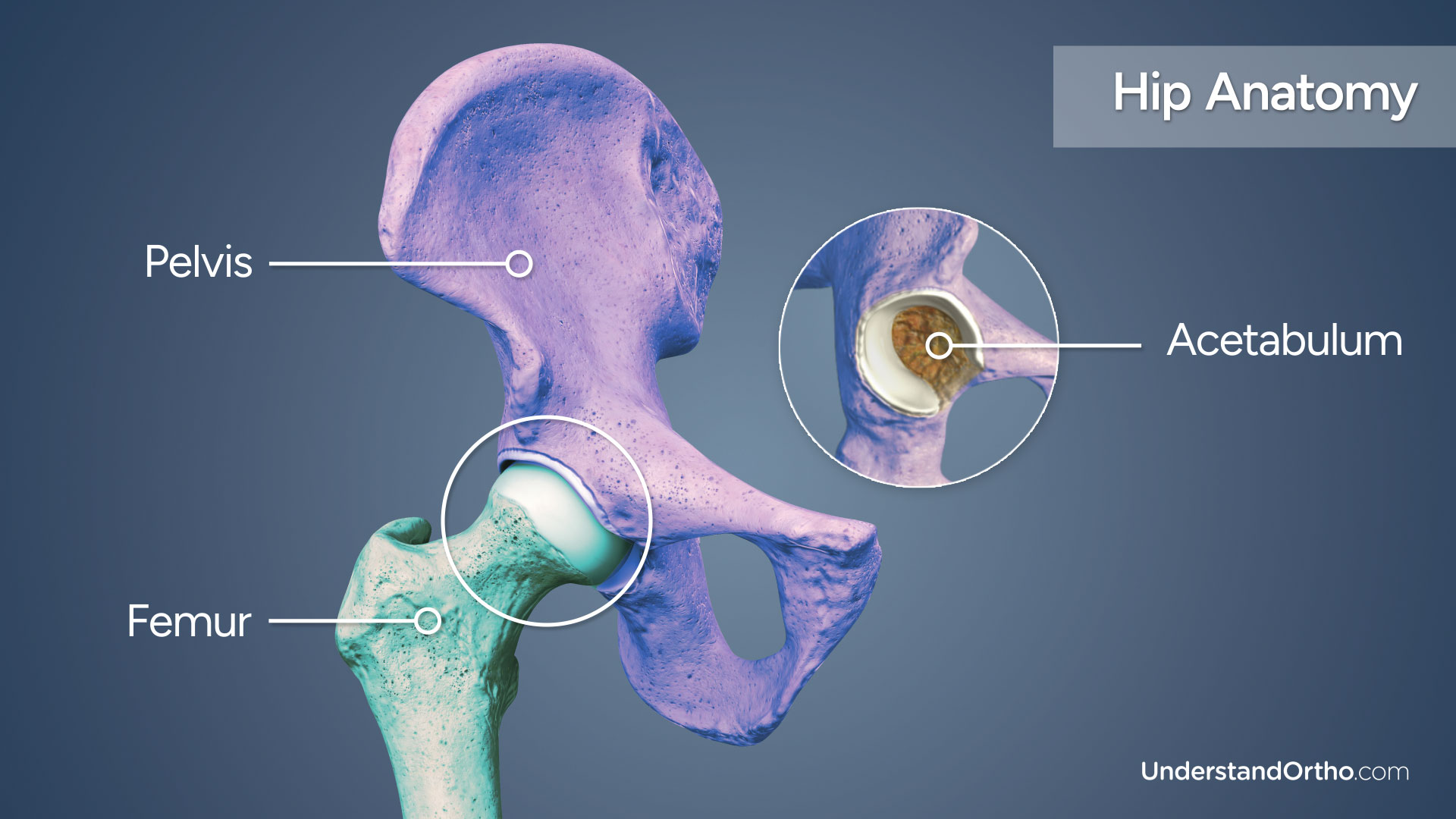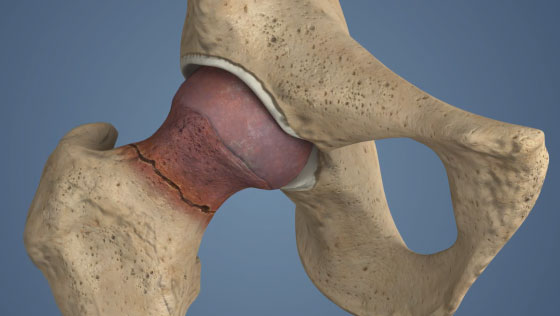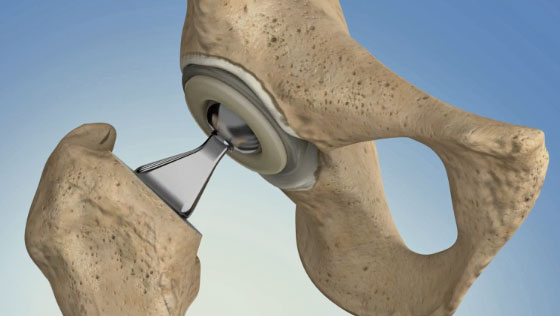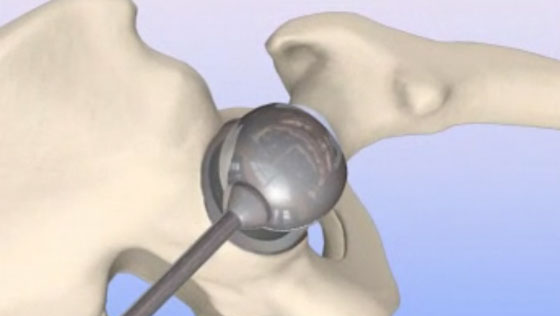What is Revision Hip Replacement?
Over time, the original components of a hip replacement procedure can wear and loosen from bone surfaces. Revision hip replacement (also known as revision hip arthroplasty) is a surgical procedure performed to replace the original prosthetic components of a hip replacement with new ones.
Key statistics about Revision Hip Replacement
- More than 99% of hip replacements will last for 10 years[1]
- Approximately 58% of hip replacements will last for 25 years[2]
- 68% of patients attain excellent or good results following revision hip replacement surgery[3]
Expert Insight
Hip Revision Surgery Explained - Bradford S. Waddell, MD
Hip Anatomy
The hip is a ball-and-socket joint formed by two bones: the femur and the pelvis. The head of the femur rests in the socket of the pelvis, also called the acetabulum.
Articular cartilage covers the ends of the bones, reducing friction as the hip moves.

Why is Revision Hip Replacement performed?
Total hip replacement, anterior hip replacement, or partial hip replacement surgery is performed to replace damaged portions of the hip with an artificial implant. Over time, the components of the implant can become loose or worn and the bone and soft tissue around the hip joint can sustain damage that causes pain and affects joint function. In these cases, it is often necessary to replace some or all of the implant components with new ones and rebuild the bone around the joint with bone graft or specialized material.
Who Needs Revision Hip replacement?
The most common reasons for revision hip replacement include loosening of the implant, hip instability or dislocation, and infection. Individuals who receive primary hip replacements at a young age or who lead an active lifestyle may be more likely to need revision hip replacement surgery.
How is Revision Hip Replacement performed?
- The surgeon will make an incision and access the hip joint.
- The primary hip replacement components are removed, and bone surfaces are cleaned and rebuilt if necessary.
- A new metal socket is attached to the acetabulum and a new femoral implant is placed into the bone. A new metal or ceramic ball is used to replace the femoral head.
- Finally, the incision will be closed with sutures or surgical staples.

What are the risks of Revision Hip Replacement?
Potential risks from revision hip replacement may include:
- Infection
- Blood clots
- Nerve or blood vessel damage
- Difference in leg length
- Hip dislocation
- Loosening or wearing down of the implant over time
How long does it take to recover from Revision Hip Replacement?
-
24 hours after surgery
A physical therapy routine will be established by the surgeon and physical therapist, and pain medication may be prescribed. -
1-3 days after surgery
Most patients are discharged from the hospital and will be able to walk with crutches, a cane, or walker. -
2 weeks after surgery
Any non-dissolvable sutures and staples are removed and bruising and swelling begin to subside. -
3-6 months after surgery
Most patients are able to resume most daily activity. -
12-18 months after surgery
Most patients are fully recovered from revision hip replacement.
What are the results of Revision Hip Replacement?
For most patients, revision hip replacement is a safe and effective procedure performed to address the pain and dysfunction of worn or failed primary hip replacement surgery. 68% of patients attain excellent or good results following revision hip replacement surgery[3].
Find an Orthopedic Doctor in Your Area





